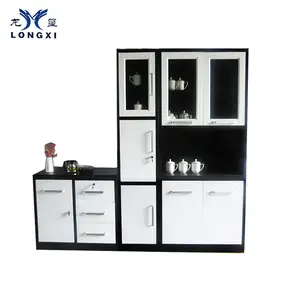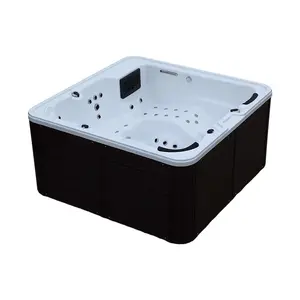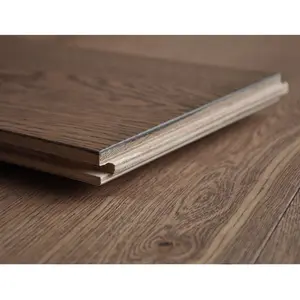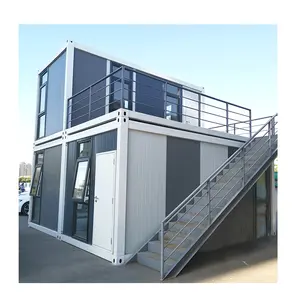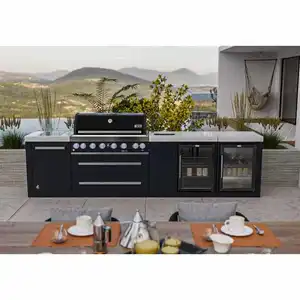Popular in your industry












































































































































































































































Top categories
About flexible wood sheets
A flexible wood sheet has emerged as a transformative material in the realms of woodworking and construction. Its remarkable pliability, which allows it to bend without fracture, offers innovative solutions for elaborate designs and sophisticated structures. Flexible plywood, also referred to as flexi ply plywood or bendy plywood, is crafted for scenarios that demand a material to adapt to curvatures while maintaining structural integrity and visual appeal.
Types and Composition of Flexible Wood Sheets
Flexible wood sheets are available in a spectrum of variants, each tailored with unique attributes to cater to diverse needs. Thin flexible plywood is perfectly suited for detailed endeavors such as scrollwork or model crafting, where precision and retention of fine details are paramount. Conversely, flexible marine plywood is engineered for moisture-prone environments, commonly utilized in boat interiors and exterior furniture. The flexible bending plywood is another type, particularly favored in architectural projects that aspire to incorporate curves and flowing forms. Each flexible plywood variant, from thin bendable plywood to flexible wood veneer sheets, is meticulously produced to comply with specific bending radii and strength requisites, ensuring an apt solution for every design conundrum.
Structural Features and Benefits
The architecture of flexible plywood sheets is an engineering feat. Central to these sheets are multiple slender layers or plies of wood veneer, oriented perpendicularly to one another to bolster strength and suppleness. The exterior layers are adorned with a premium wood veneer, amenable to sanding and treatments for the desired aesthetic effect. The capacity of these sheets to be contorted into tight radii sans cracking is attributable to the specialized adhesives and a manufacturing process that preserves the wood's essence while facilitating flexibility. This structural brilliance not only expands the horizons of design but also diminishes the necessity for cuts and joins, which could potentially weaken the wood's robustness and visual quality.
Materials and Their Properties
The constituents of flexible plywood are judiciously chosen for their properties. Paulownia wood, celebrated for its lightness and malleability, is a favored choice for the core layers. Combi, a blend of hardwood and softwood, is another esteemed material that strikes a balance between pliancy and sturdiness. The strategic selection of these materials ensures the requisite flexibility while also enabling the sheets to endure the rigors of bending and manipulation. The advantages of such materials extend beyond ease of handling to a reduction in the overall mass of the final product, which is particularly beneficial for the transport and installation of sizable panels.
Business Usages and Applications
Flexible wood sheets have carved a niche in various commercial arenas. In the furniture sector, they empower the crafting of sinuous, organic contours, ushering in a new frontier of creativity for designers. In retail spaces, bespoke fixtures and fittings fashioned from flexible plywood can be devised to elevate the shopping experience. The construction industry reaps the rewards of the product's capacity to effortlessly create curved architectural elements, which would otherwise entail considerable expense and time. These applications not only generate business value by facilitating distinctive designs but also contribute to market differentiation in a competitive landscape.
Functions and Capabilities
The principal role of flexible plywood is to serve as a robust and adaptable material for a myriad of design and construction tasks. It is engineered to execute functions that standard plywood cannot, such as shaping smooth arcs and bends without resorting to cuts or joints. This capability ushers in a novel dimension in woodworking and construction, enabling the fabrication of structures and items that were once unfeasible or cumbersome to construct.
Distinctive Features and Unique Selling Points
One of the standout attributes of flexible plywood sheets is their capacity to conform to a specified radius while maintaining the material's integrity. This hallmark distinguishes them from conventional plywood and other wooden products. The sheets can be tailored to fit nearly any curvature, rendering them indispensable in bespoke construction and design endeavors. Moreover, the veneer's smooth surface permits a high-caliber finish, which is vital for visible areas in interior design.
Benefits and Positive Outcomes
Employing flexible wood sheets yields a plethora of advantages. They address the challenge of fashioning curved wooden structures without the labor-intensive methods traditionally required. This efficiency leads to cost reductions and abbreviated project timelines. For the end-user, the perks include the aesthetic allure of sleek, continuous curves and the longevity of a product engineered to preserve its form over time.
How to Choose the Right Flexible Plywood?
Selecting the optimal flexible plywood entails evaluating the project's specific demands. Considerations such as the curvature radius, environmental conditions, and the sought-after finish all influence the choice of the appropriate grade and type of plywood. For instance, a project necessitating a waterproof finish would be well-served by marine-grade plywood, while an indoor furniture piece might opt for a lighter, more pliable variety.
How to Install Flexible Wood Sheets?
Installing flexible wood sheets demands a considered approach. It is imperative to acclimatize the wood to its final environment to avert warping. When bending the sheets, it is essential to proceed gradually and to anchor them with adhesives or fasteners that are wood-compatible. For intricate installations, seeking professional advice or adhering to the supplier's recommendations can guarantee a successful result.
How to Maintain Bendy Plywood Sheets?
The upkeep of bendy plywood sheets involves shielding them from drastic fluctuations in humidity and temperature, which can lead to warping. Routine cleansing with suitable products will maintain the wood's pristine appearance, while periodic checks can preempt potential issues from escalating.
What are the environmental considerations for using flexible plywood?
Environmental considerations for deploying flexible plywood encompass the assurance of sustainable wood sourcing and compliance with established formaldehyde emission norms. Additionally, opting for plywood with specific functionalities, such as moisture resistance, can foster a healthier indoor milieu.
Can flexible wood sheets be customized for specific project needs?
Indeed, flexible wood sheets can be tailored to align with particular project stipulations. Alibaba.com showcases suppliers offering services like graphic design, 3D model design, and cross-category consolidation, delivering comprehensive solutions for projects necessitating bespoke flexible plywood sheets.
What after-sale services are available for flexible plywood products?
Post-purchase, customers of flexible plywood products can avail themselves of an array of after-sale services provided by vendors on Alibaba.com. These services may encompass onsite training, the provision of complimentary spare parts, and onsite inspections, ensuring client support throughout the product's lifecycle.
